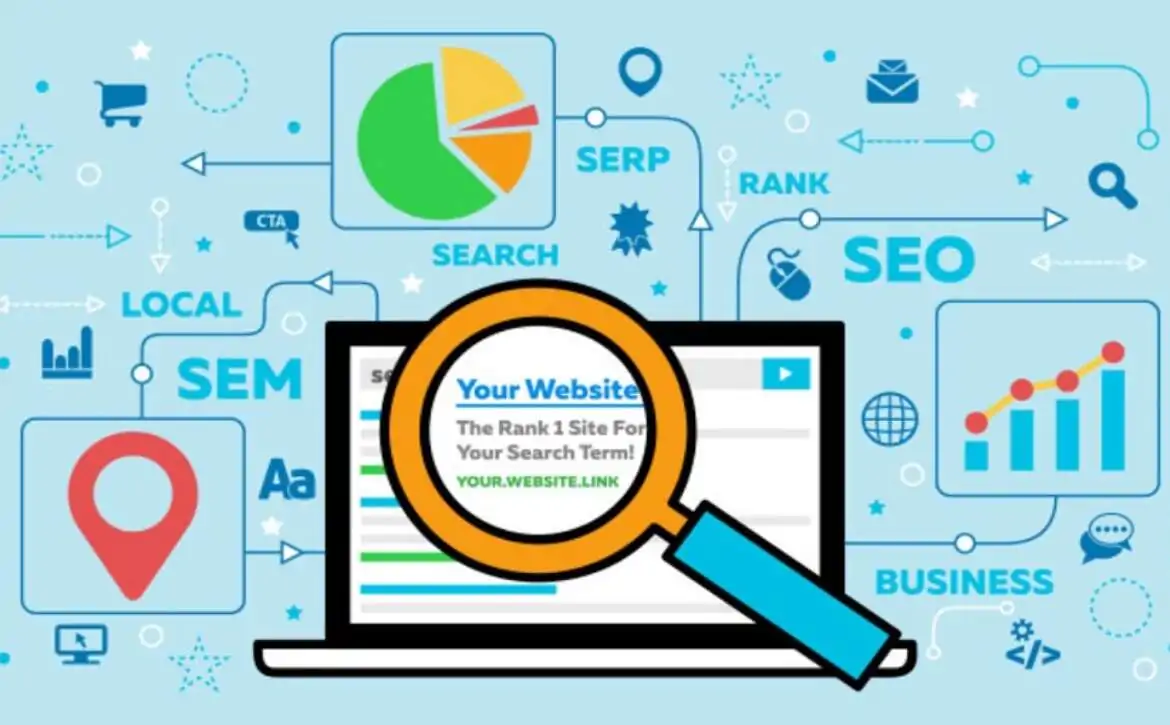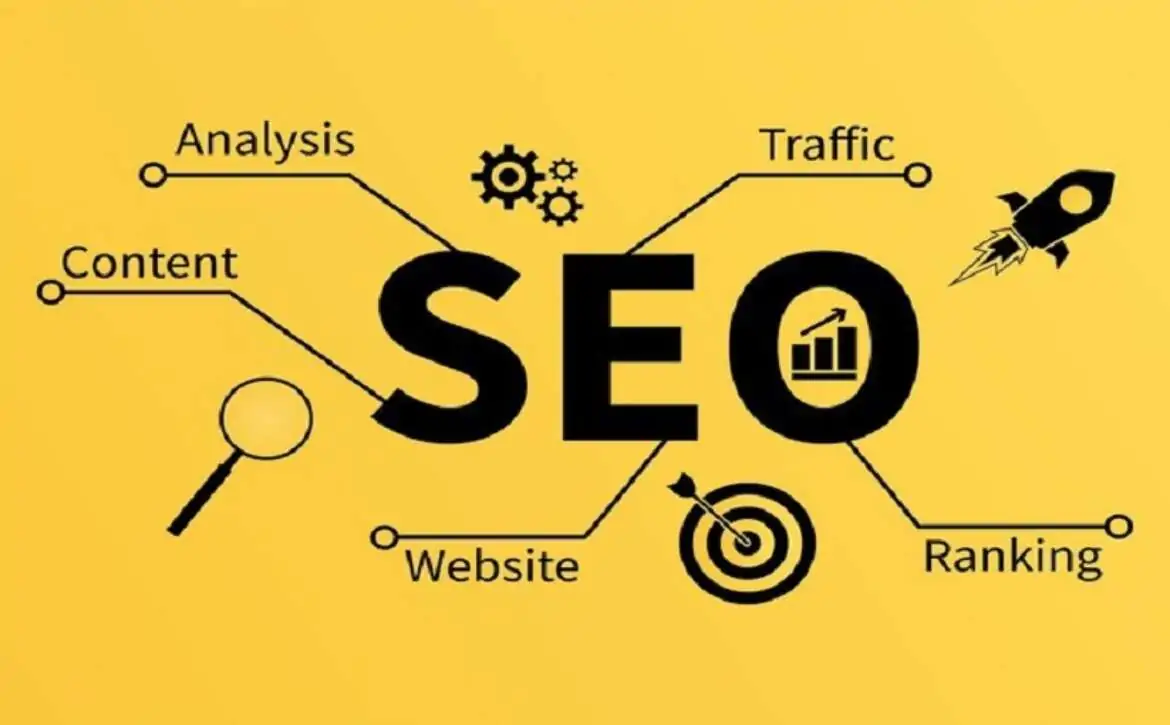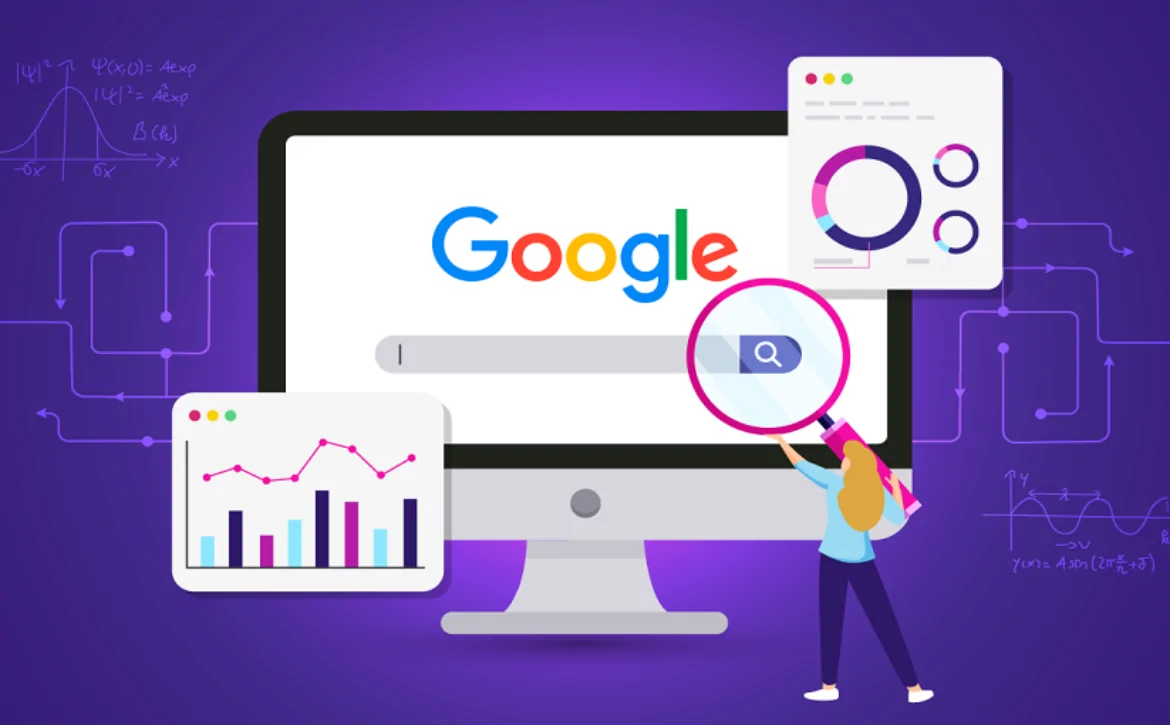How is Smart Web Design Boosts Conversions Overnight
If you have ever clicked away from a website because it looked confusing, slow, or just plain dull, you already know how much web design software can affect behavior. Now imagine being on the other side of the screen as a business owner or creator. You invest time, money, and energy to bring people to your website, but they leave before doing anything meaningful. That is frustrating, right? The truth is, people make up their minds about a website within seconds. Your design can be the silent hero that encourages them to stay, explore, and take action. Smart site design is not just about having a pretty layout. It is about crafting an experience that feels smooth, trustworthy, and effortless for your visitors.
Think about how you feel when you open a website that loads quickly, has clear navigation, and guides you naturally toward what you were looking for. You are more likely to sign up, make a purchase, or engage with the content. That is the power of great design at work. Today, businesses are paying closer attention to how design choices influence behavior. A well thought out layout, clear call to action buttons, and even the choice of colors can have a direct impact on conversions. If you want to see results quickly, your first step is to look at your website from your visitor’s perspective. With modern site design software and easy to follow guides, anyone can improve their site experience and boost results faster than they think.
Web Design: Why First Impressions Matter
When a visitor lands on your site, they form an opinion almost instantly. If your website feels outdated, cluttered, or difficult to navigate, chances are high that they will leave. Smart site design fixes this by making your site visually appealing and easy to use. Clean design builds trust and trust encourages action. If you want inspiration, look at web design examples from brands that prioritize user experience. Notice how they use whitespace, readable fonts, and smooth navigation. This is not just about looks. Good design creates a sense of credibility and professionalism that can double or even triple your conversion rates.
The Role of Smart Layouts
A website is like a digital store. If products are scattered randomly, visitors will leave without buying. Smart layouts organize your content so visitors find what they need quickly. This means clear menus, obvious call to action buttons, and a logical flow from the homepage to checkout or sign up. Even small changes like moving your call to action higher on the page or simplifying your forms can make a big difference. Many site designing companies test different layouts to see which one drives more clicks and sales. You can do the same using free tools or trial versions of site design software to experiment with layouts until you find what works.
How Speed Impacts Conversions
Nobody likes waiting for a slow site to load. Slow pages kill conversions. Compressing images, reducing unnecessary code, and using reliable hosting can speed up your site instantly. A faster site keeps visitors engaged and increases the chances they will take action. Smart site design takes performance seriously. If you are taking a web designing course, speed optimization is often one of the first topics covered because it directly affects user experience and revenue.
Making Your Site Mobile Friendly
More people browse on their phones than ever before. If your website looks bad on mobile, you are losing potential customers. Responsive design makes sure your site adjusts beautifully to any screen size. Most modern site design software includes mobile friendly templates so you can optimize without extra coding.
Colors, Fonts, and Emotional Triggers
Design is not just technical, it is emotional. Colors and fonts can influence how people feel about your brand. For example, blue often builds trust, while red creates urgency. Smart site design uses these psychological triggers to encourage clicks and purchases. If you are unsure where to start, look at site design examples from industries similar to yours. Notice how they use consistent colors and typography to guide visitors through the page.
Cost vs Value of Good Web Design Salary
Some business owners hesitate to invest in professional design because they worry about cost. The truth is, smart design pays for itself. Higher conversions mean more leads, more sales, and better brand reputation. While a professional site design salary may seem high, the return on investment can be huge if your site starts performing better. Even if you are on a budget, there are plenty of site design free resources to help you get started. From free templates to tutorials, you can take small steps toward improving your site without spending a fortune.
Taking Action
Improving your site design does not have to be overwhelming. Start with one area at a time. Fix your navigation, speed up your pages, test your calls to action, and watch your results improve. If you are serious about learning, consider enrolling in a site design course to understand best practices. Or work with a reputable web designing company that can help you create a custom solution.
In the end, smart web design free is one of the fastest ways to boost conversions and grow your business. When your site is visually appealing, easy to navigate, fast, and mobile friendly, visitors are more likely to trust you and take action. Whether you are using site design software, learning through a course, or working with professionals, small improvements can lead to big results. Your website should not just look good, it should work hard for you. Take the time to refine your design and you might just see conversions rise overnight.











